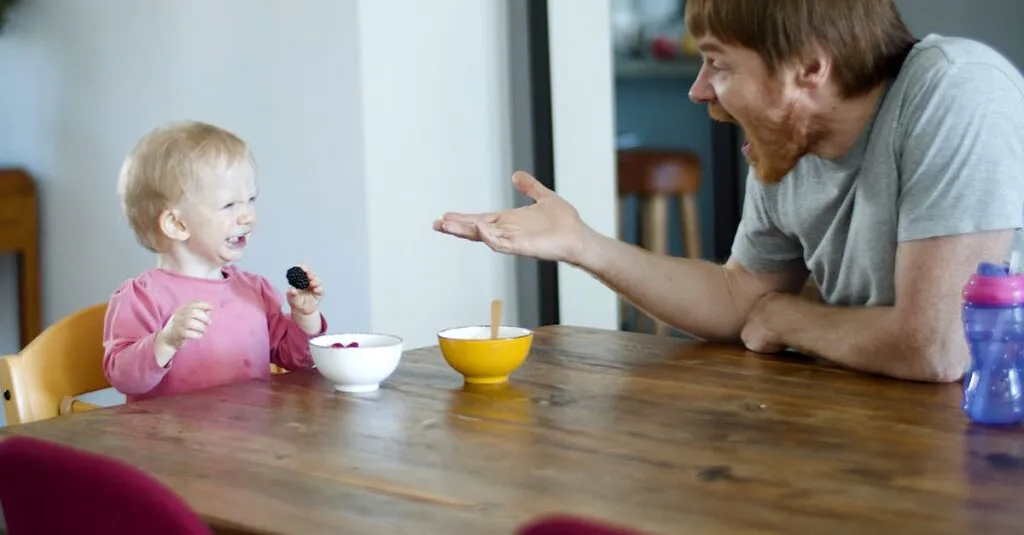Why Prayer Matters for Preschoolers
Prayer isn’t just for adults—it’s perfect for preschoolers too! Teaching preschoolers to pray can cultivate inner peace early on. These little moments offer quiet reflection, much-needed in this bustling world.
When kiddos express gratitude or ask for courage in sticky toy-sharing situations, it enhances their emotional vocabulary. Integrating spirituality even in its simplest form helps foster a foundation of calm.
Before you envision a toddler speaking fluent meditation, remember:
- It’s about introducing the concept gently,
- Make it playful, and
- See where their curiosity takes it!

Understanding Tiny Emotions
Preschoolers have huge feelings, sometimes bigger than their bodies seem capable of holding. A meltdown over a cookie gone wrong might seem trivial to us, but it’s their world. Understanding these emotions is crucial.
Through prayer, children can express their feelings effectively. Teaching them simple words to articulate their emotions gives them a ‘feelings dictionary’ to navigate life’s ups and downs.
- With time, they understand it’s okay to have big emotions, turning potential tantrums into moments of peace pursuit.
- Embrace their narratives with silly faces and giggles—because laughter can be a part of prayer too!

By nurturing their ability to express and understand emotions, we can help them grow into emotionally intelligent individuals.
Simple Steps to Start Praying
Kickstart prayer with baby steps. Establish a routine where prayer is play-like and engaging. Begin with gratitude; it’s easy and meaningful—a thank you for warm socks keeps it cozy and relatable.
Guide them to utter words over their small fears, maybe about monsters under the bed. These initial sessions shouldn’t feel like chores but rather cherished rituals. While toddlers won’t recite sonnets, planting these seeds early is priceless.
So, here’s to imaginary scenarios, fun chants, and heartfelt whispers, making prayer feel like a daily adventure!

Creating a Peaceful Prayer Space
Crafting a cozy prayer space can turn a corner into a sanctuary. It doesn’t need to be fancy—a comfy cushion and a box to store wishes or thank-yous will do. Maybe add some soft lighting or a beloved stuffed animal friend to keep them company.
These tiny prayer nooks become tender spots where big emotions and small prayers find solace. Involving your child in creating this calming corner can give them ownership, letting their little creative minds run wild.
It’s about creating a space where peace is the goal—and imagination leads the way!

Incorporating Prayer Into Daily Routines
Embedding prayer within daily routines is the secret sauce to consistency. Think of this: a short thankful note before a meal or a bedtime chat about the day’s highs and lows. These instances are perfect ‘prayer pockets’ adding meaning to their day.
As time goes, these bits and bobs of prayers become threads in the daily tapestry of routine. Surely, they might not chant devotionals, but they learn it feels good to reflect kindness outward.
Making Prayer a Habit
So here’s to making prayer a habit, one tiny moment of gratitude at a time!

Tips for Engaging Children
Transforming prayer into a fun activity keeps preschoolers excited. Here are some creative ideas:
- Use props like finger puppets or silly hats to tell prayer stories.
- Incorporate pretend play to turn prayer practice into a playful experience.
- Encourage dancing, singing, or even drawing prayers. The messier, the merrier!
Keep it stress-free and fluid—no strict scripts necessary. Invite their active imaginations, and you’ll find them curiously engaged.
These versions of prayer are dynamic and alive, hitting inner peace with beats of joy and breaths of creativity!

Stories from Real Parents
Parenting tales shed light on real successes and hiccups. Picture this: frantic bedtime chaos where prayer promises calm but delivers giggles instead. Embrace these precious unpredictabilities.
Parents have found that preschoolers praying for ‘tummies to stop getting grumbly’ before meals melted the whole dining table’s heart. It’s all about those little gems hidden within moments of chaos.
Creating Community Through Sharing
Share experiences around the dinner table or in group chats. Encourage parents to swap stories and tips—the shared journey creates a community of supportive growth.
Join the Conversation!
Don’t miss out on exchanging those heartwarming tales that bring us all together. Remember, every story counts!

